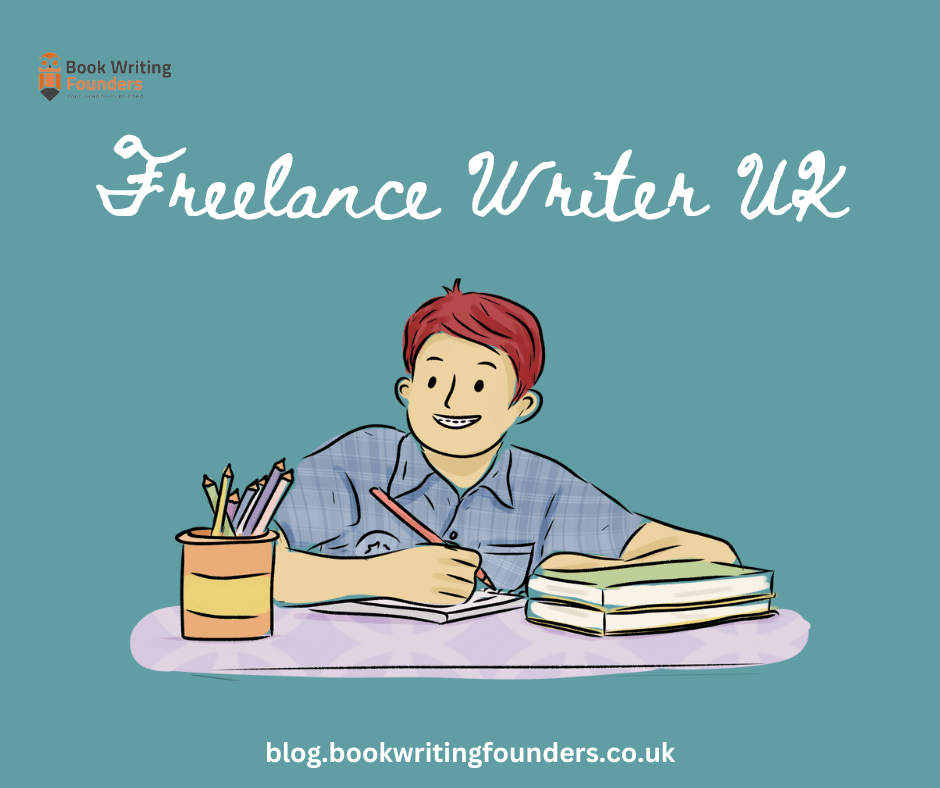
Books
When starting a novel, one of the most magnetic aspects is often its setting.
Think about the bustling streets of Victorian London or the tranquil vibes of a Mediterranean village. The backdrop where the story becomes a character in itself. This character, known as the setting creation, can pull readers into the narrative, making them feel like they’re alongside the protagonists.
The right setting adds color, depth, and richness to your story. It’s like painting a picture in which your characters move, and if done correctly, it can capture the readers’ hearts and minds.
Settings Creation
Setting creation is more than just mentioning a place or time. It’s about crafting an environment that breathes life into your story. The setting provides the backdrop against which your tale’s action, drama, and emotions unfold.
Imagine a story without its setting. It would be like watching a movie with a blank screen, wouldn’t it?
The setting grounds your characters, gives context to their actions, and offers readers a tangible world to visualize.
Whether it’s a sprawling cityscape, a quaint village, or even a different planet, the setting is the canvas upon which your story is painted. Recognizing its importance is the first step to harnessing its power.
Moreover, every setting has its unique mood, atmosphere, and culture, all contributing to the narrative. Paying attention to these details improves your story and creates a more intense reading experience.
Memorable Settings Matter
starts a story, and you’ll quickly realize the undeniable power of a memorable setting.
But why is it so important?
Immersion
First and foremost, a well-crafted setting enhances immersion. Readers can easily lose themselves in a vividly described world, feeling the cool breeze or hearing the distant hum of a bustling market. This depth allows readers to connect deeper, forging a bond between them and the narrative.
Character Development
Moreover, the setting aids in character development. Think about it: characters are products of their environment. A young woman raised in a war-torn country will have a different outlook on life than someone from a peaceful seaside town. The backdrop shapes their personalities, fears, dreams, and decisions.
Tone and Mood
Additionally, settings play an important role in determining the tone and mood of the story. A gloomy, overcast castle can set the stage for a mysterious and suspenseful tale, while a bright and vibrant festival can lead to a story filled with joy and celebration.
Effective Setting Creation
Crafting a compelling setting requires more than just picking a place. Let’s break down some essential elements that contribute to effective setting creation.
Time and Place
Every setting is anchored in a particular time and place. This could be a specific historical era, like the Roaring Twenties, or a vast desert landscape. It’s essential to understand the nuances of the chosen time, be it the fashion, technologies, or prevailing social norms, as they will influence the story’s flow.
Physical Details
Paying attention to landscapes, buildings, and interiors can make a difference. Is the setting a dense forest with towering trees and hidden paths? Or perhaps it’s a grand palace with gold-trimmed walls and luxurious chambers. These details set the stage and provide a visual foundation for the reader.
Sensory Details
Engage the reader’s senses! Describe the chirping of crickets at night, the aroma of fresh bread from a nearby bakery, or the chill of a winter breeze. Stimulating the reader’s senses offers them a more immersive and authentic experience.
Mastering these elements can transform a generic setting into one that resonates with readers, making your story more memorable and impactful.
Tips for Elevating Your Setting
Creating a setting is one thing, but transforming it from ordinary to unforgettable requires a bit of finesse. Here are some tips to elevate your setting creation:
-
Integrating Culture and Traditions
Every place has its unique customs, festivals, and rituals. Including these aspects can lend authenticity to your setting and make it more relatable. Whether it’s a local dance, a traditional dish, or a regional holiday, weaving in cultural details can add depth to your narrative.
-
Utilizing Symbolism and Motifs
Symbols can subtly convey deeper meanings and emotions. For instance, a lone tree on a hill could symbolize isolation or resilience. Such symbols can add layers to your story, making readers ponder and interpret their significance.
-
Creating Contrasts and Tensions
A dynamic setting is more captivating than a static one. Introduce contrasts, like the disparity between the rich and the poor, or tensions, such as a pristine forest threatened by industrialization. Such elements can add drama and intrigue, keeping readers hooked.
Inspiration Sources for Crafting Vivid Settings
Every writer, at some point, faces the daunting question:
“Where do I draw inspiration from?”
Fear not, for there’s a wealth of resources to ignite your creativity for setting creation.
Real-world Travel and Experiences
Often, first-hand experiences are the best sources of inspiration. Visiting a place allows you to absorb its essence, from the hustle and bustle of a market to the serene beauty of a mountain range. Even local places can offer fresh perspectives if traveling isn’t an option. A simple walk in a park or a visit to a museum can spark ideas.
Historical Records and Documentaries
These can be treasure troves of information, especially if your setting is based on a different era. Understanding the nuances of the time, the challenges people faced, and the milestones they achieved can provide a solid foundation for your backdrop.
Art, Literature, and Films
Other creators’ works can be a great source of inspiration. Paintings capture emotions and scenes, literature provides narratives, and films blend visuals and stories. Drawing insights from these can help you envision and craft your setting more effectively.
Connecting
If you ever feel lost or seek deeper insights into crafting the perfect backdrop, don’t hesitate to ask for guidance. Organizations and platforms like Book Writing Founders UK offer budding writers a wealth of resources, workshops, and expert advice. Engaging with such communities can provide fresh perspectives, feedback, and the encouragement you need to perfect your setting.
Gaining expertise is often a collaborative effort. Integrating external insights can significantly enrich your narrative’s backdrop, whether through workshops, discussions, or simply reading other works.
Conclusion
Hence, setting creation isn’t just about detailing where and when a story occurs. It’s an art that breathes life into your narrative, making it resonate with readers. By making memorable settings, you ground your characters and plot and offer an immersive experience. Get deep, draw inspiration, and remember – every setting and backdrop has the power to tell a story of its own.





